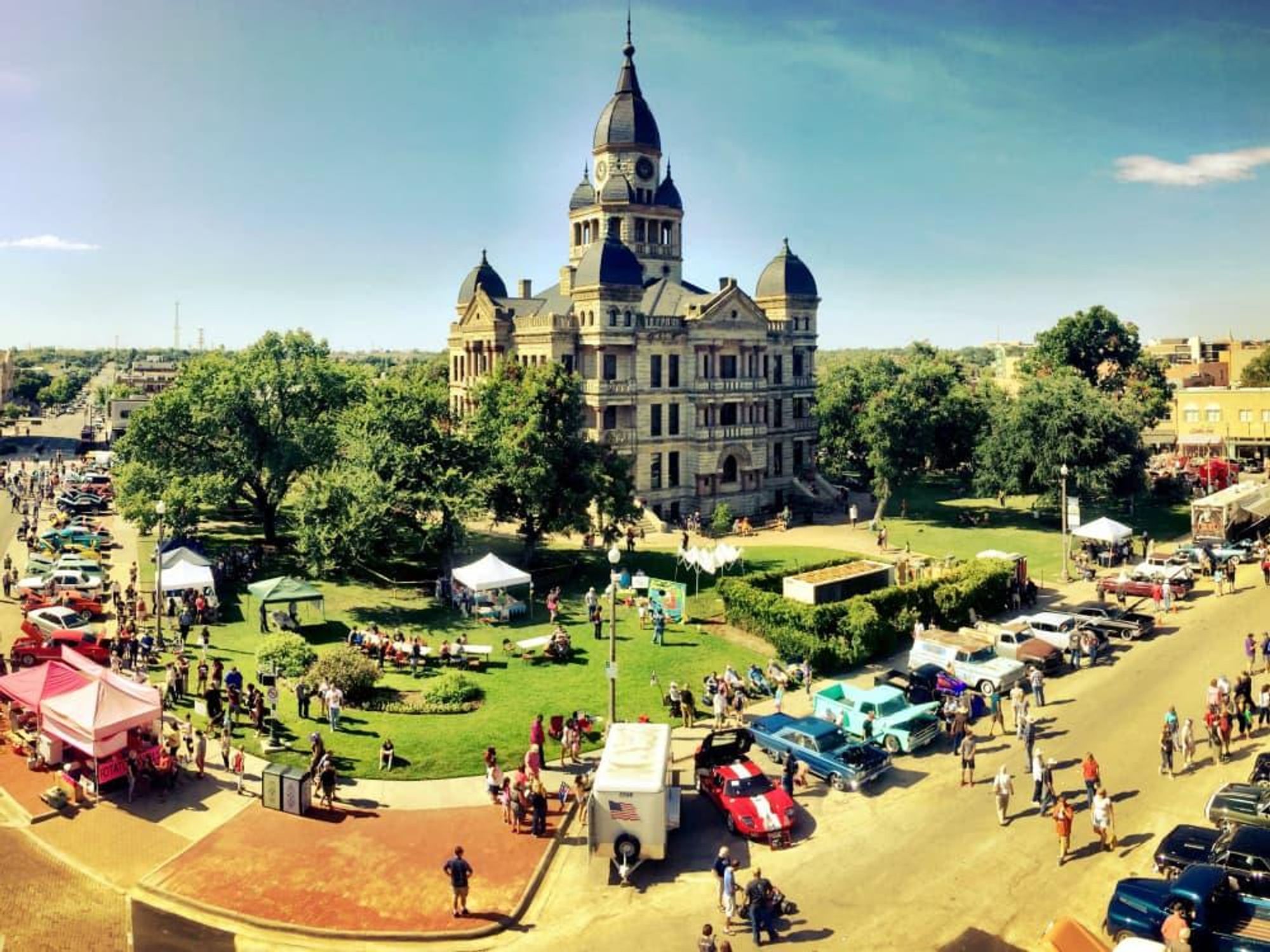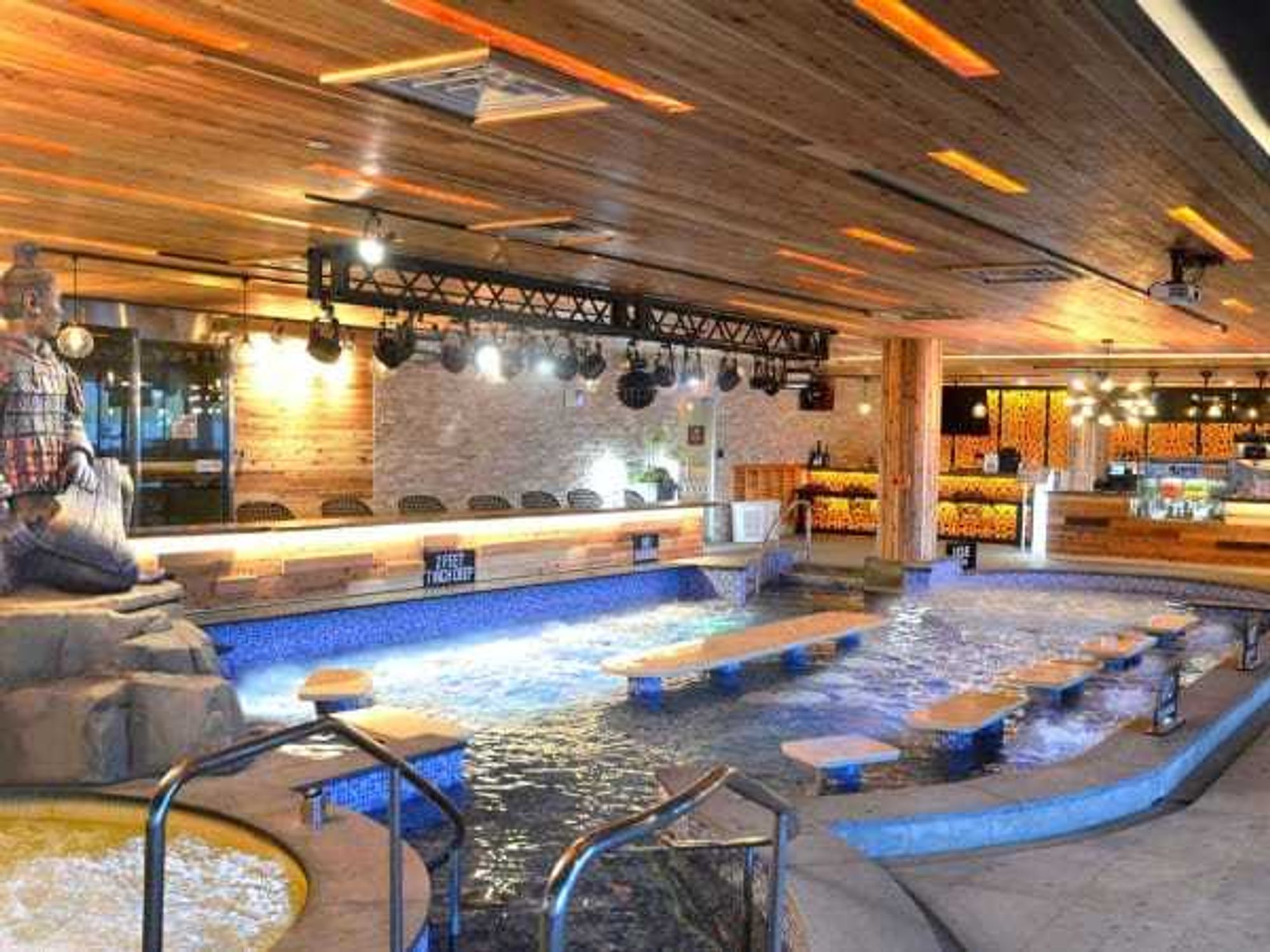Explosive news
Surprising Dallas neighbor declared the No. 2 boomtown in America

One North Texas city is booming like no other. Denton has catapulted to the No. 2 position among U.S. cities for economic and population growth, according to a new ranking from personal finance website SmartAsset released December 3.
To determine the top “boomtowns” in the U.S., SmartAsset analyzed economy-related data for 500 cities nationwide. The site considered these factors: population change; unemployment rate; economic growth rate (measured by GDP, or economic output); business growth; housing growth; and growth in household income.
Denton lands at No. 2 in SmartAsset’s 500-city study. From 2014 through 2018, the population of Denton rose 8 percent, and the city’s household income soared by more than 36 percent, SmartAsset says. Meanwhile, the number of businesses climbed 18.62 percent from 2012 through 2016.
The Denton Economic Development Partnership cites the city’s central location in the U.S., presence in the Dallas-Fort Worth labor market, low-cost business climate, low cost of living, “excellent” quality of life, and two public universities as characteristics as making it “a natural place for business and industry success.”
Two other The Dallas-Fort Worth suburbs, Frisco and McKinney, come in at Nos. 13 and 14, respectively.
Frisco’s population jumped 29.73 percent and McKinney’s went up 22.27 percent from 2014 through 2018. Also, housing growth exploded in both cities — Frisco at 36.78 percent from 2014 through 2018 and McKinney at 22.14 percent.
The Frisco Economic Development Corp. brags that the city “is one of the most desirable locations in the United States to live, work, educate, and innovate.”
For its part, the McKinney Economic Development Corp. points out that the city “has a young, highly educated workforce. We are one of the fastest-growing communities and regions in America, so our resources only continue to grow.”
The North Texas cities aren’t the only economic stars from the Lone Star State.
New Braunfels ranks sixth overall. From 2014 through 2018, the city’s population grew by more than 30 percent, SmartAsset notes, and the number of housing units increased more than 41 percent. Furthermore, New Braunfels saw its GDP rise 4.75 percent from 2013 through 2017 and the number of businesses shoot up 16.45 percent from 2012 through 2016.
Appearing at No. 10 overall is Round Rock, the biggest suburb in the Austin metro area. Round Rock’s population jumped 14.52 percent from 2014 through 2018, according to SmartAsset, while its economic growth from 2013 through 2017 came in at 5 percent. Most notably, Round Rock ranked third for business growth among the 500 cities analyzed. It saw a 20.32 percent leap in the number of businesses from 2012 through 2016.
Austin ranks 12th overall, but it comes in first among cities with at least 900,000 residents. Austin’s standout numbers include a five-year population growth of 5.64 percent, average yearly growth in GDP of 5.19 percent, five-year change in number of businesses of 14.71 percent, and five-year growth in housing rate of 8.39 percent.

 Spa Castle is revealing renovations. Photo courtesy of Spa Castle
Spa Castle is revealing renovations. Photo courtesy of Spa Castle